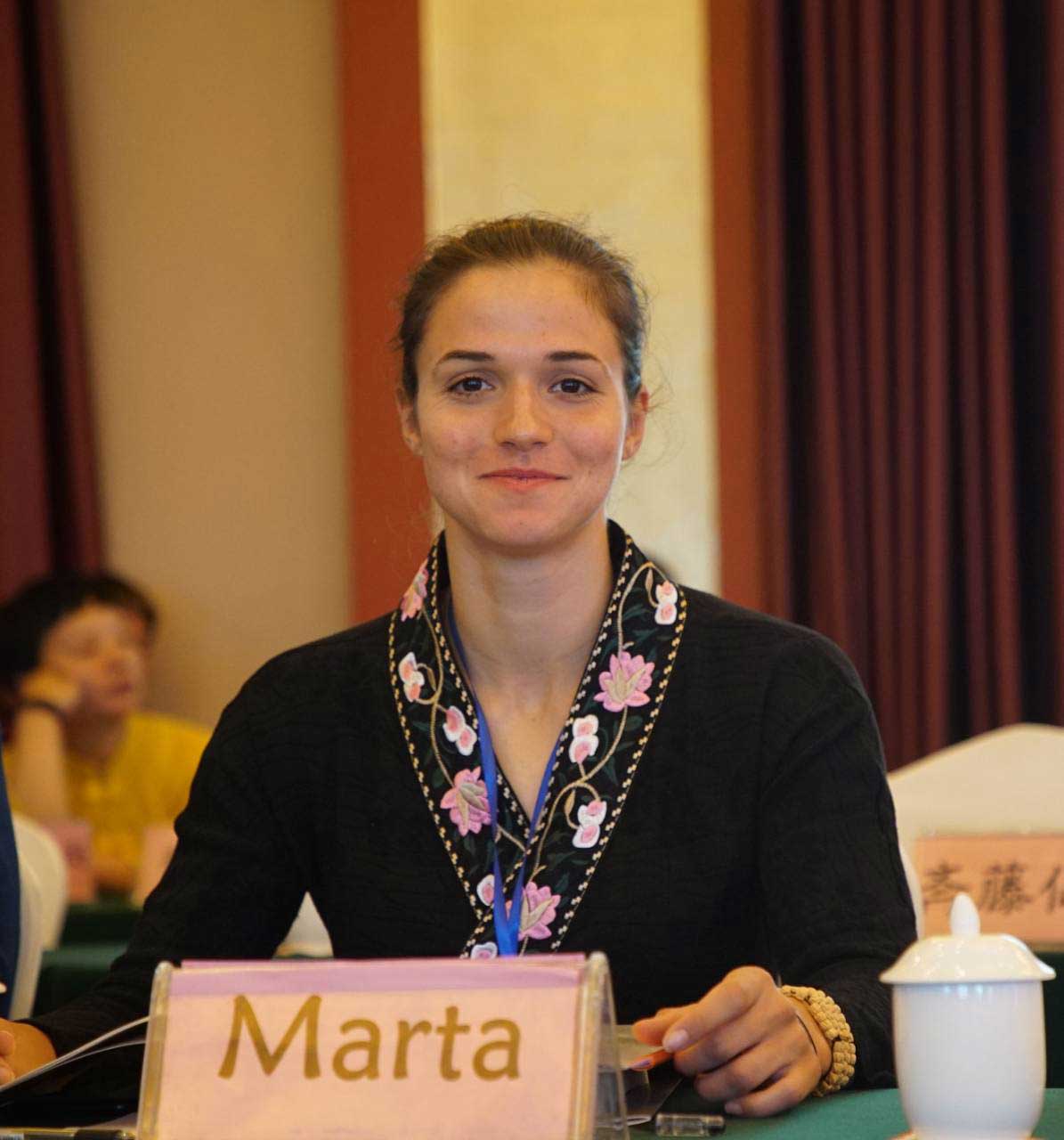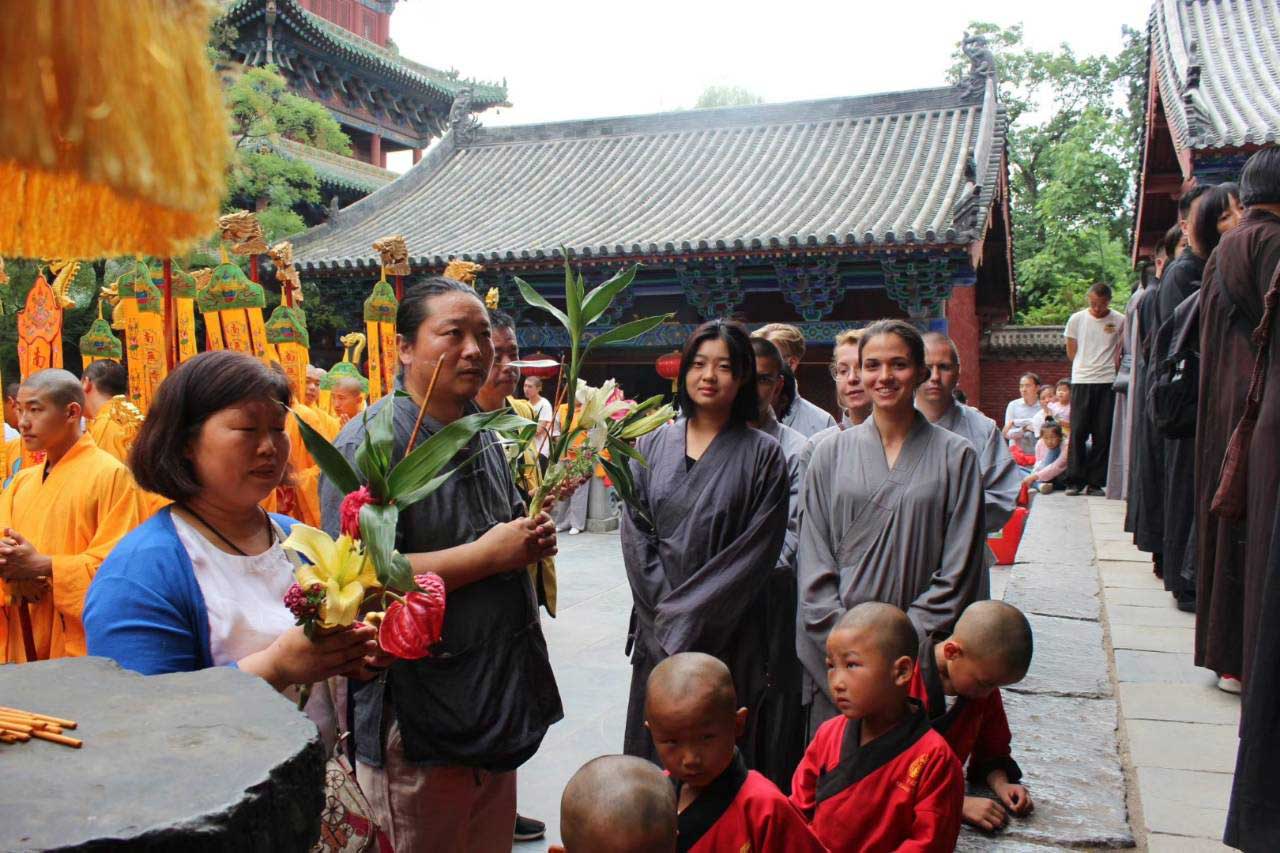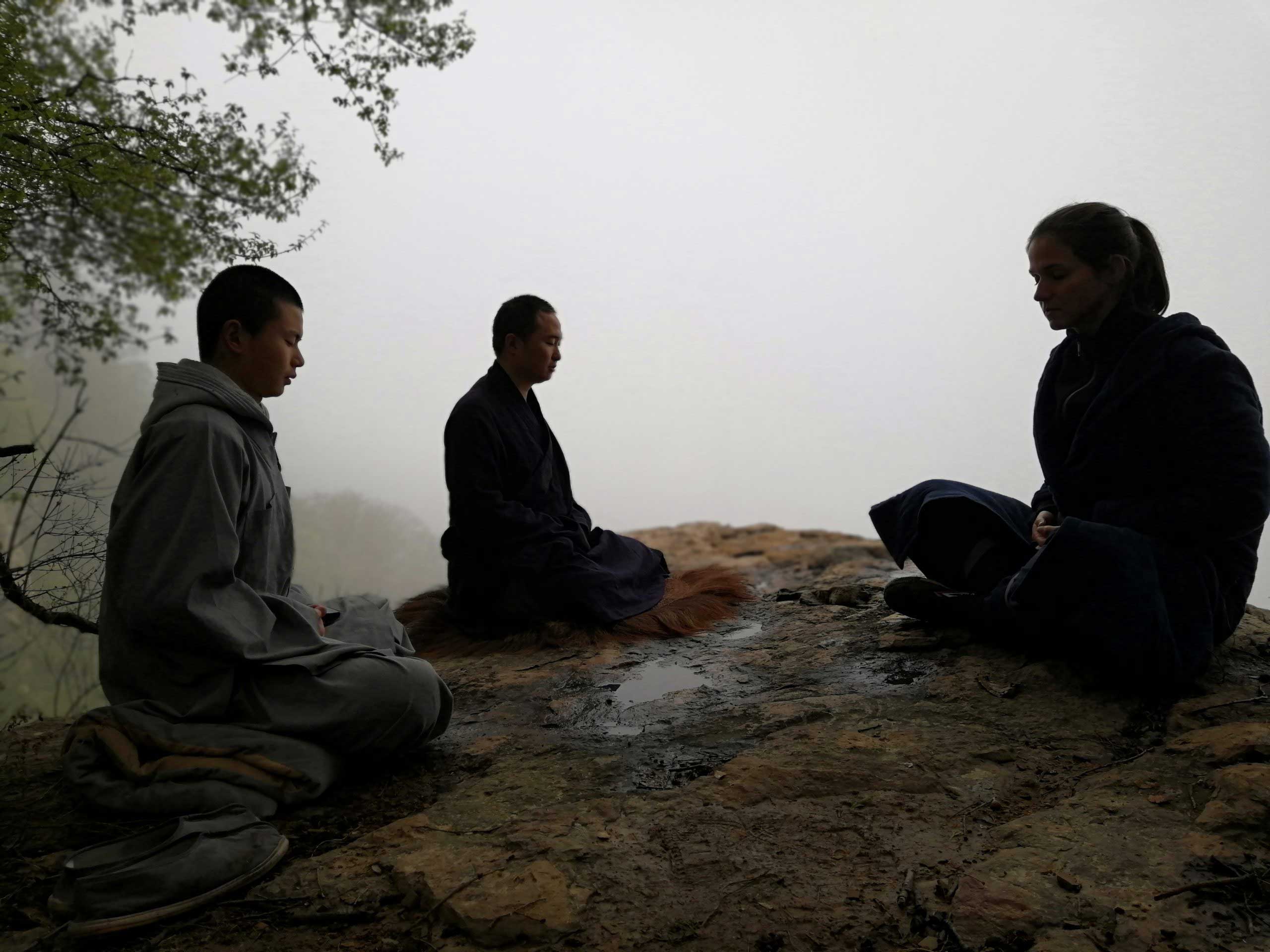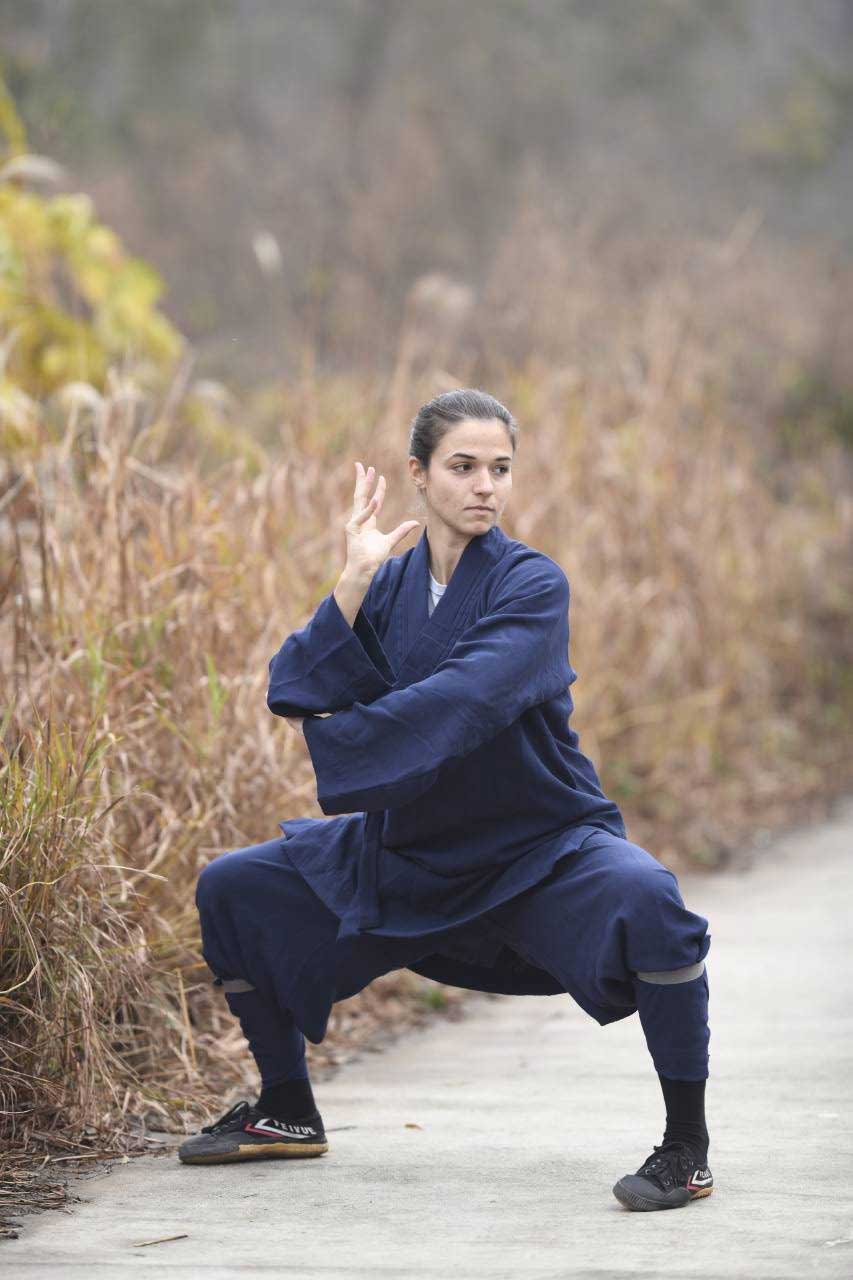Shaolin Culture from Marta Nešković prespective
We take you to an unusual journey from Shaolin Temple with Marta Nešković.
Marta Nešković is a PhD student at the Department of Ethnology and Anthropology at the Faculty of Philosophy in Belgrade. She completed her physics studies at the Faculty of Pierre and Marie Curie (Paris 6), which belongs to the Sorbonne University. She completed her master's degree in anthropology at the High School of Social Sciences in Paris. After that, she spent half a year traveling around Asia in search of an ethnographic field for PhD studies in anthropology. Her PhD thesis is dedicated to studies of the relationship between Chan Buddhist spirituality and martial arts at the Shaolin Monastery in China.

- What does a day in a Shaolin temple look like and what is the procedure for accessing the temple?
The Shaolin Monastery is primarily approached by individuals who have a desire to learn Buddhism and / or lead a monastic life. Other members of the monastery community who are allowed to stay in Shaolin for a shorter or longer time, are dedicated to learning a certain aspect of Shaolin culture, and above all: martial arts, medicine and art. The visitors of the monastery include laic Buddhists and foreign students who, in agreement with the monastery's departments for guests and international relations, can establish an agreement on the time and program of stay. Access to the monastery for foreigners starts from the official web address: www.shaolin.org.cn or from direct contact with one of the teachers. I would recommend the first option for the simple reason that there are numerous martial arts schools near the monastery that use the name Shaolin, and an individuals finds it difficult to distinguish between those schools and an authentic monastery.
The daily schedule and obligations for each monastery group are very different. What connects all members of the community are the morning recitations of the sutras, the morning and noon lunches, the religious rituals set for specific dates, as well as the cultural and academic events organized at the monastery.
- What is the role of women in the temple?
There is no woman in the Shaolin Monastery, because it is a male Buddhist monastery. Sometimes monastery guests, including women, are allowed to stay within the monastery for a limited period, most often when they have a specific job related to monastic cultural activities. However, most laic Buddhists who attend major religious rituals are women. Women are the ones who take care of the home, the altar and thus the religious life of their family. Lachian Buddhists, men and women, also participate as the help for the organization of major religious events such as the monastic ceremony.

- What was the biggest challenge during your stay in the temple?
The biggest challenge during my stay in the monastery for me was the integration into the Shaolin community. First the Chinese language, then understanding the systems of values of community members and establishing spontaneous conversations that were crucial to my research.

- Is physical preparation required for daily training?
Kung Fu Teachers of foreign students, who come from different parts of the world, and different ages, physical abilities and motives for attending classes, adapt to students and cannot require prior preparation from them. However, prior physical preparation is certainly desirable for Shaolin training and mountain environment.

- What is the strongest impression during your stay in China and Shaolin?
The strongest impression during my entire stay in China was the atmosphere that prevailed in the monastery during the quarantine, established due to Covid-19, which lasted for five months. Such peace and commitment to individual, mostly self-imposed obligations have created an atmosphere that is difficult to encounter in modern society, and even in the Shaolin Monastery when, under normal circumstances, it is visited by thousands of tourists every day.
- Are Shaolin monks allowed to marry?
Shaolin religious monks who have taken monastic vows cannot marry. All members of the community living in the monastery, whether they are monks or not, must respect the rules of monastic discipline as long as they live in it. Monasticism consists of three levels, the first two of which are common to all Buddhist monks, and the third, in which the so-called Bodhisattva vows are taken, is specific to the Mahayana Buddhist tradition.

- What are the greatest attractions of the life of a monk in the temple?
It depends on the observer. I am especially interested in the transfer of knowledge within the monastery community, which is spontaneous and almost invisible.

- On what foods is the monk's diet based?
The monks' diet is vegetarian, and the recipes are prepared in the Shaolin Department of Medicine and Pharmacology. During each season, appropriate food is prepared, and during the changes of the seasons, attention is paid to the inclusion of certain foods that strengthen immunity and prevent monks from getting sick.
- What are the most interesting Chinese customs that they often use in their daily lives?
Food is of great importance in Chinese everyday life. The customs at the table in a large company may seem relaxed, but they are in fact very complex, and after some time spent in China, foreigners are also expected to slowly adopt them.
- What made the strongest impression on you about Chinese culture itself, as well as the Chinese people?
Although I avoid generalizations, I have really noticed that the Chinese people are very hardworking. The vast majority of the population, especially in rural areas, works from morning to evening, seven days a week. They live by the work they do and vice versa. I have almost never heard anyone complaining about working too much, but I have heard many times that there is enthusiasm despite so much work, entrepreneurs are thinking of additional ways to improve the economic situation of their companies, and thus the staff employed in them.













